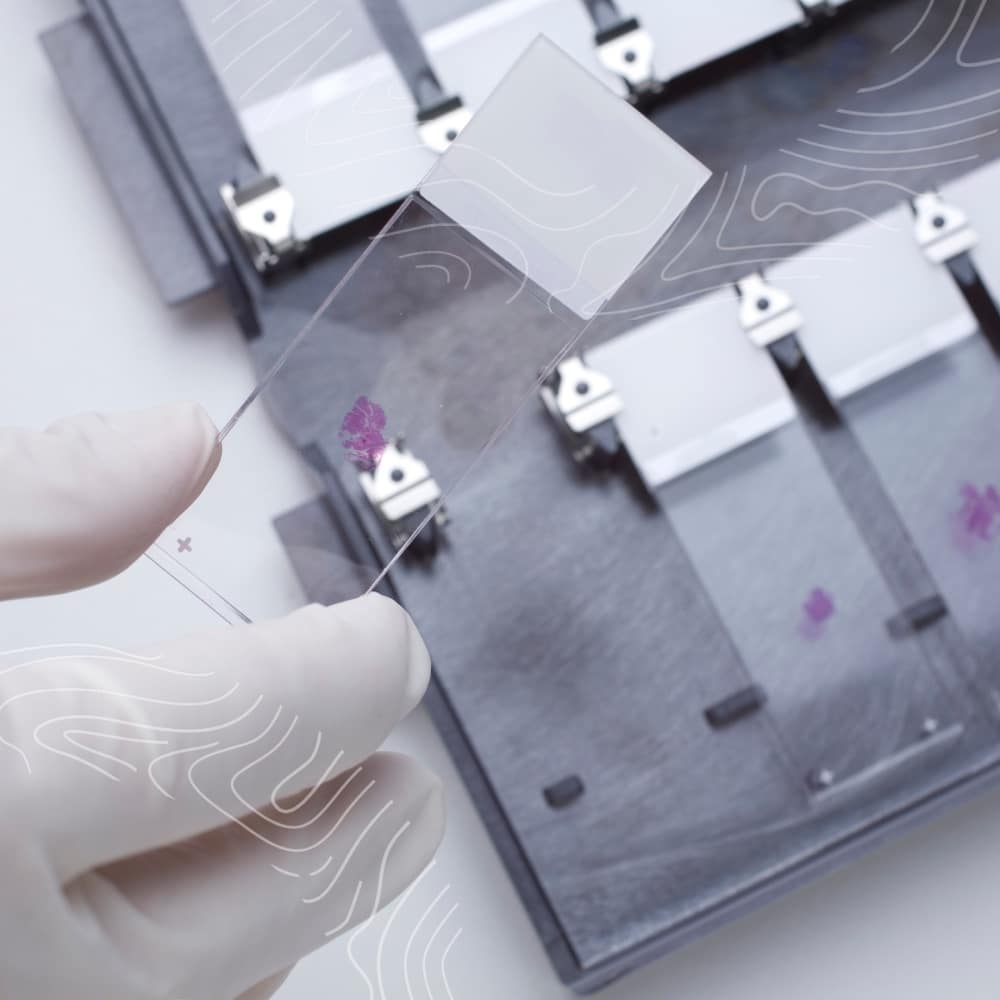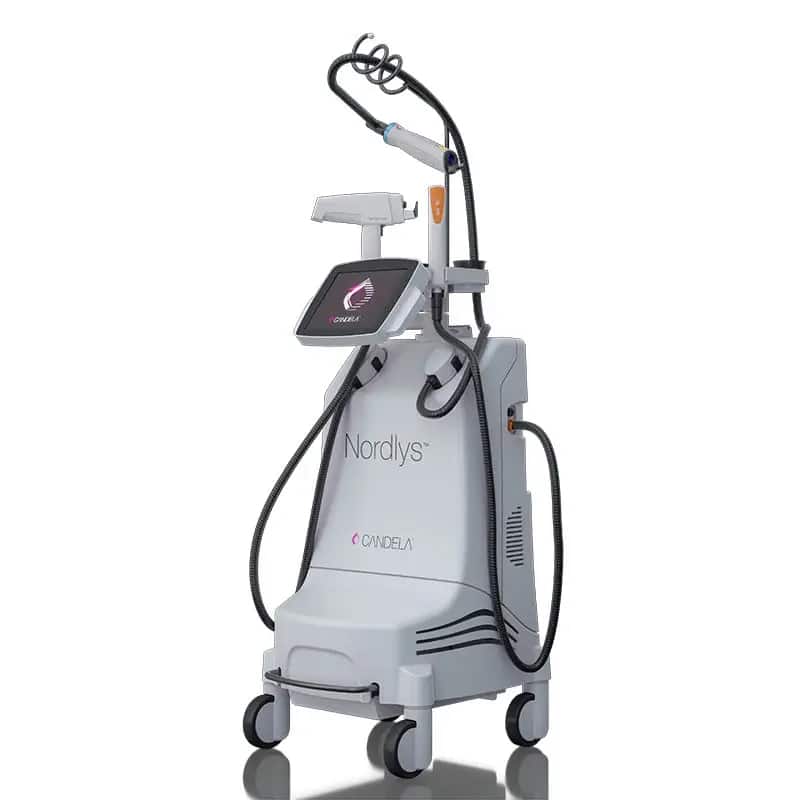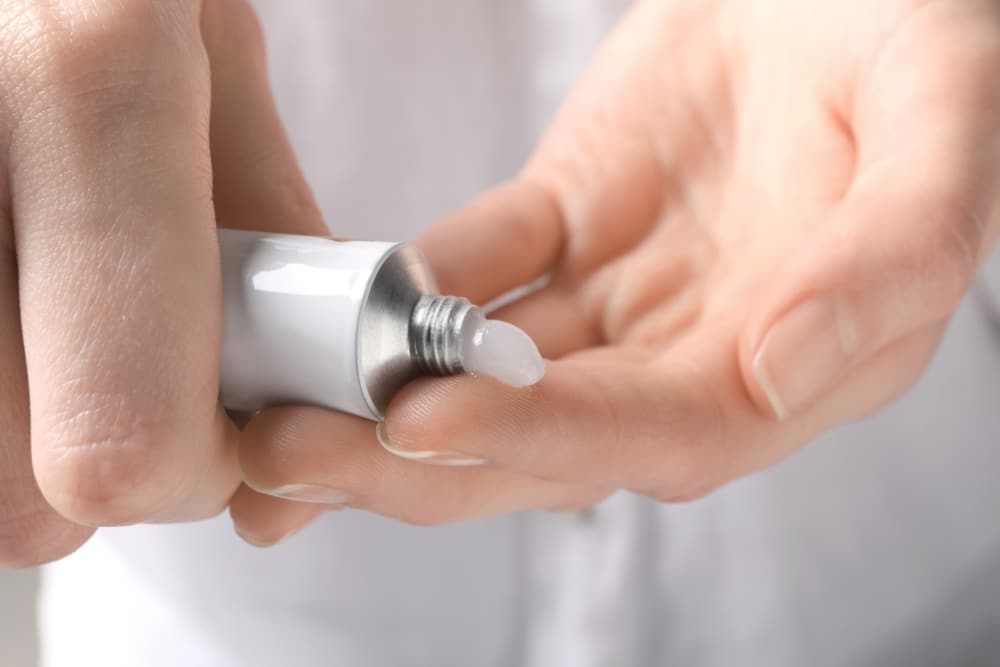Biopsy & Excision
Cryotherapy is the use of extreme cold to freeze and remove abnormal tissue
A skin biopsy & excision involves the removal of a skin sample, typically performed under local anaesthetic to diagnose skin conditions.
After your skin check, our doctors might recommend a biopsy if they spot a suspicious lesion.
This common procedure is performed under local anaesthesia right in your doctor’s room and involves removing a small sample of skin for laboratory analysis.
This detailed examination helps accurately diagnose any skin condition, guiding the next steps for your treatment.

Understanding Skin Biopsies and Excisions
Types of Skin Biopsies
- Punch biopsy: Removes a full-thickness skin sample using a circular blade, ideal for diagnosing skin cancer or inflammatory diseases.
- Shave biopsy: Removes superficial layers of skin; suitable for less serious lesions that do not require stitches.
- Incisional and Excisional biopsy: These involve removing a partial, larger portion or even the entire lesion for deeper analysis, especially when a deeper tissue examination is necessary. If a biopsy confirms skin cancer, an excision may be scheduled to remove the cancerous tissue.
Biopsies & Excisions
Skin biopsies are routine procedures and can be performed quickly and comfortably. The collected samples are then sent to a specialised skin pathology laboratory, where a qualified pathologist examines them to make an accurate diagnosis to develop the most appropriate treatment plan for you.
Key Information:
Preparing for a skin excision involves several important steps:
Discussion and Health Review
Initially, our doctors will explain the procedure, including its purpose, potential risks, benefits, and costs. It’s important to provide a detailed medical history, including any allergies, medications, and existing health conditions.
Medication Adjustments
Some supplements or NSAIDS may need to be adjusted or stopped temporarily to avoid complications during surgery. However, it’s crucial not to stop any heart medications unless specifically instructed, as the risks from stopping these can outweigh the benefits.
Eating Before Surgery
Having a light meal a few hours before surgery can help maintain normal blood sugar levels. This is especially important because low blood sugar can cause feelings of nausea or faintness during a procedure.
Skin Preparation
The night before or the morning of the surgery, you should wash the area with mild soap and water to minimise the risk of infection. It’s also advisable to shave the area around the excision site if there is significant hair growth, as this can interfere with the procedure and dressing adhesion.
Assistance and Comfort
Arrange for someone to drive you home after the procedure, especially if you’re having surgery on an area that could impair your ability to drive or perform daily tasks. Wear loose, comfortable clothing that does not irritate the surgical site.
Day of Procedure
Arrive early to fill out paperwork and to discuss any last-minute questions or concerns with our doctors. This is also a good time to discuss any anxieties you might have so that they can be addressed before the procedure begins.
Proper aftercare is crucial to ensure successful healing and to prevent complications like infection or excessive scarring:
Keep the Wound Clean and Dry
24-48 hours for biopsies, and 5 days for excisions. It is important to keep the area clean and dry to aid the healing process.
Care for the Dressing
If the dressing becomes soaked with blood or other fluids, it should be changed to a clean and dry dressing.
Monitor for Infection
Watch for signs of infection, such as increased redness, swelling, warmth, pain, or discharge. If you notice any of these symptoms, contact our clinic immediately.
Nordlys System Features:
Wavelengths:
PL400 (400-720nm) for pigmented lesions, along with PR(S) 530 (530-750nm) and VL(S) 550 (555-950nm) for comprehensive skin rejuvenation and treating vascular lesions.
Indications:
- Treatment of facial telangiectasia
- Management of small melanocytic nevi and solar lentigines
- Reducing diffuse erythema (rosacea) Acne treatment


Topical Skin Treatments
At Iso Skin Cancer & Laser Clinic, we integrate topical treatments with cutting-edge laser technology to craft personalised care plans.
This integrative approach guarantees precise and safe outcomes tailored to your individual needs.
If you are seeking solutions for sun-damaged skin or other pigmentation issues, we invite you to schedule a consultation to explore your options and discover how we can assist you in achieving healthier, more radiant skin.
Book Now. No referrals required.
Our Skin Check process is confidential, gentle and friendly to ensure patient comfort and safety throughout the whole process. Our experienced doctors will guide you and expert advice, so you can make confident and informed decisions.
Advantages of Photodynamic Therapy
At ISO Skin Cancer and Laser Clinic, our commitment to expertise, compassion, innovation, and integrity drives everything we do to ensure the highest quality of care for our patients.
Recovery Time
PDT typically results in abc out 5 days of redness and irritation, compared to the discomfort extending over 4-6 weeks with topical chemotherapy creams.
Effectiveness
PDT has an approximate clearance rate of 80%, while traditional topical treatments like Efudix have a completion rate of about 75%. Laser-assisted PDT can further increase this rate to approximately 85%.


